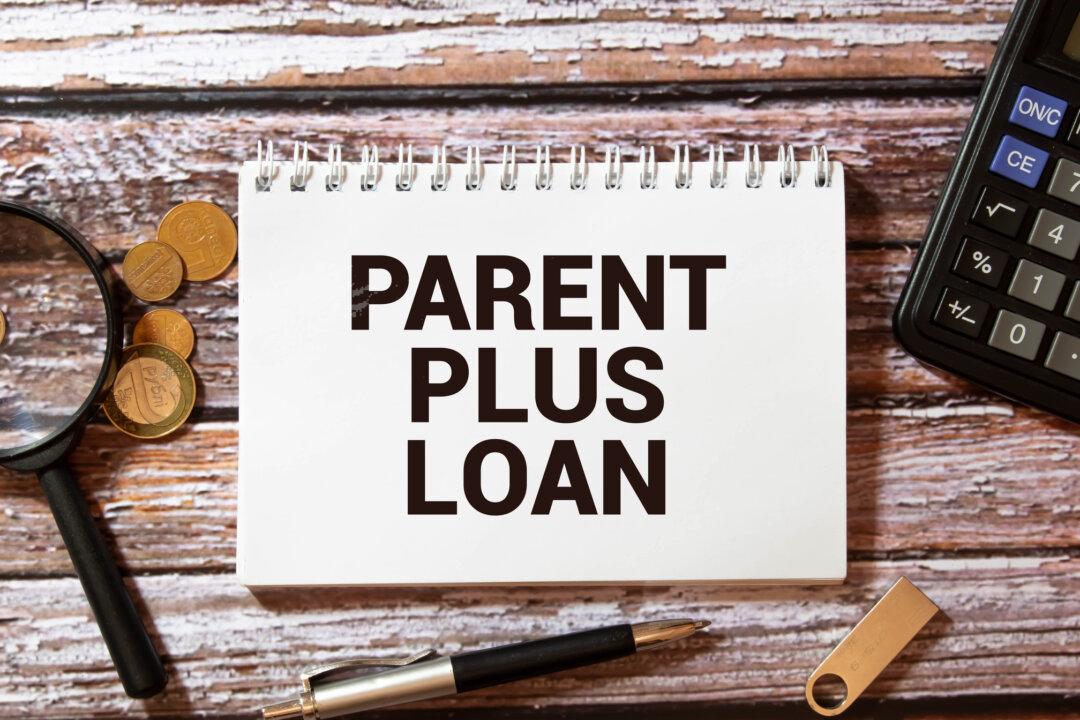By Ella Vincent
From Kiplinger’s Personal Finance
As the cost of college continues to rise, it’s not unusual for parents to discover that student loans, financial aid and savings won’t cover all their child’s expenses. Parent PLUS (Parent Loan for Undergraduate Students) loans provide a way to bridge the gap, but rising interest rates have made these loans a costly option.





